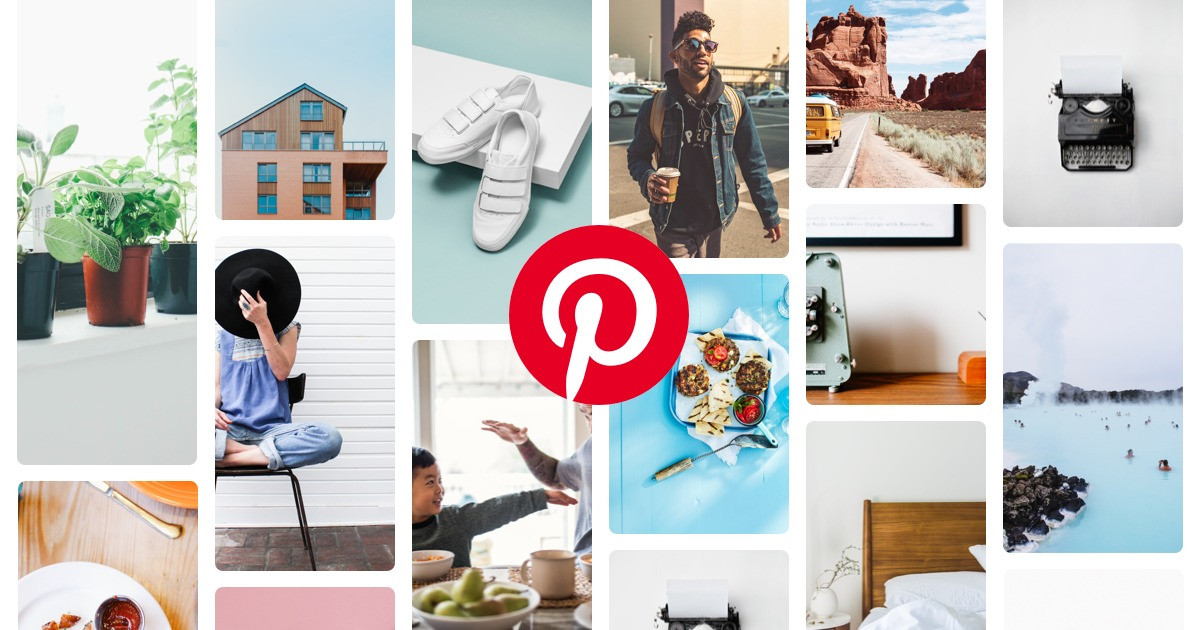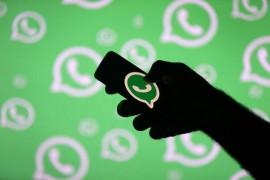
Pinterest has been designed as both an image-sharing and social media service, its founders aiming to help users “discover the things they love and inspire them to go do those things in their daily lives”.
The social media service slowly gained success and users, and later better investors, CNBC reported.
The company was also relatively slow to monetize the app and launch buyable pins or marketing initiatives that would lead to the payout shareholders wanted. When it rolled out video support, Facebook was already using its videos for ad monetization for the past two years. Moreover, advertisers also seemed reluctant to invest in Pinterest ads that had still some untested features.
After going public, Pinterest in the last year has addressed core business issues and launched new features in the app to make it more attractive for brand advertising and users alike. The Creator Fund aims to support creators by monetizing their engagement and interactions on the platform.
The company also launched idea pins which worked similarly to Instagram story pins. Brands can add their catalogues to the app along with tags and details of the product for a better online shopping experience.
Pinterest's new CEO, Bill Ready, took office and bid to reinvent the platform in June. However, earlier this month, they posted disappointing financial earnings attributing the "macroeconomic environment" to uncertainty for advertising partners. However, the platform has better user retention despite a 5% monthly active user decline.
In a statement, Elliot said, "As the market-leading platform at the intersection of social media, search and commerce, Pinterest occupies a unique position in the advertising and shopping ecosystems. And CEO Bill Ready is the right leader to oversee Pinterest’s next phase of growth.”
1737582559-0/Elon-Musk--(2)1737582559-0-405x300.webp)
1737579953-0/Trump-(10)1737579953-0-165x106.webp)




1737545587-0/Tribune-N-(7)1737545587-0-270x192.webp)
1737544370-0/sidra--(17)1737544370-0-270x192.webp)



1736070587-0/Express-Tribune-(2)1736070587-0-270x192.webp)
1737452260-0/Gaddafi-stadium-(2)1737452260-0-270x192.webp)
1737531830-0/Saim-Ayub-injury-(2)1737531830-0-270x192.webp)









COMMENTS
Comments are moderated and generally will be posted if they are on-topic and not abusive.
For more information, please see our Comments FAQ